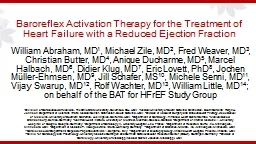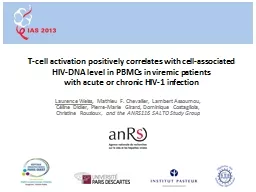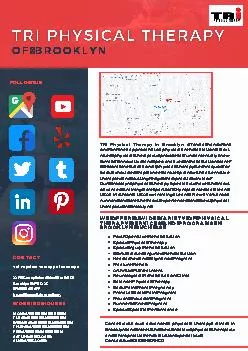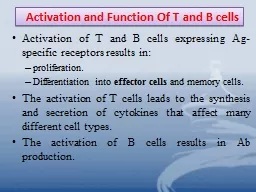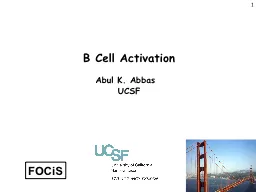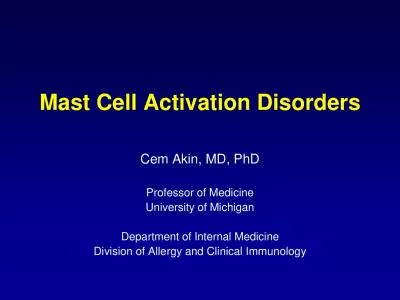PPT-Baroreflex Activation Therapy for
Author : faustina-dinatale | Published Date : 2019-11-20
Baroreflex Activation Therapy for the Treatment of Heart Failure with a Reduced Ejection Fraction William Abraham MD 1 Michael Zile MD 2 Fred Weaver MD 3 Christian
Presentation Embed Code
Download Presentation
Download Presentation The PPT/PDF document "Baroreflex Activation Therapy for" is the property of its rightful owner. Permission is granted to download and print the materials on this website for personal, non-commercial use only, and to display it on your personal computer provided you do not modify the materials and that you retain all copyright notices contained in the materials. By downloading content from our website, you accept the terms of this agreement.
Baroreflex Activation Therapy for: Transcript
Download Rules Of Document
"Baroreflex Activation Therapy for"The content belongs to its owner. You may download and print it for personal use, without modification, and keep all copyright notices. By downloading, you agree to these terms.
Related Documents

